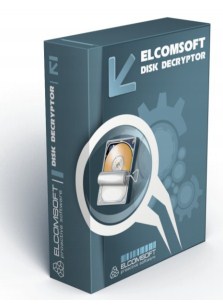A large minority of the UK population isn’t going to be at all surprised to hear horse DNA has been found in processed meat products – they’re already vegetarian/vegan or at a minimum, they choose organic meat products. The remainder either don’t know, or don’t want know. Either way, with the information on how animals are farmed widely available, I haven’t got a lot of sympathy with their current predicament.
But if you’re going to eat processed meat products, what’s so bad about horse? I’ve just been listening to an American campaigner on the radio warning that people go around the US buying old nags at auction and shipping them to Europe for food – horses that were probably pets (or from his soap-box, a race horse) and treated with drugs you wouldn’t give a farm animal such as phenylbutazone. He was particularly keen on mentioning this. Look it up – it’s an anti-inflammatory drug also given to people with arthritis and similar problems. It has side effects, including some rare but serious ones. Okay, so you wouldn’t want to dose anyone without good reason, but to get a dose from eating horse meat you’d have to literally eat the whole horse. And that would be one dose. I’m sure he was really motivated by the “horses are pets and we shouldn’t eat pets” attitude, but the BBC didn’t question his motivation at all.
So am I saying it’s okay to eat horses with phenylbutazone in their system? Well I wouldn’t eat it, but I wouldn’t eat any farmed meat, which is chocked full of legally introduced medication and kept, killed and processed in decidedly worrying conditions. Horses with shots of bute are no different to me. Think about it – if you don’t even know what species the meat is, you certainly can’t say much about where it came from. Actually finding a bit of horse in a beefburger sample changes nothing – it’s always been dodgy.
One thing you can probably say for certain is that New Labour and news media will be whipping up a bit of hysteria about this. They did it with the BSE crisis in the 1990s – remember that? Thousands will die due to eating disease contaminated meat? Of course it didn’t happen. They did it again when in power, in an over-reaction to Foot and Mouth, presumably to prevent the Conservative opposition playing the same trick on them. This is going to run and run (it’s bound to turn up everywhere following the inevitable further tests that are doubtless being considered right now).
If what’s in your meat worries you, become vegan (dairy products and eggs aren’t clean either). Otherwise, be aware that the meat processing business is pretty grim with this kind of thing going on behind the scenes all the time – and live with it. Can we have some real news now?



